The pandemic has pushed all of us into a corner and that corner is filled with screens. During this lockdown, the only thing that has come to our rescue is technology. While for some people it has become a source of escape, for others it has become compulsion due to their work from home schedule.
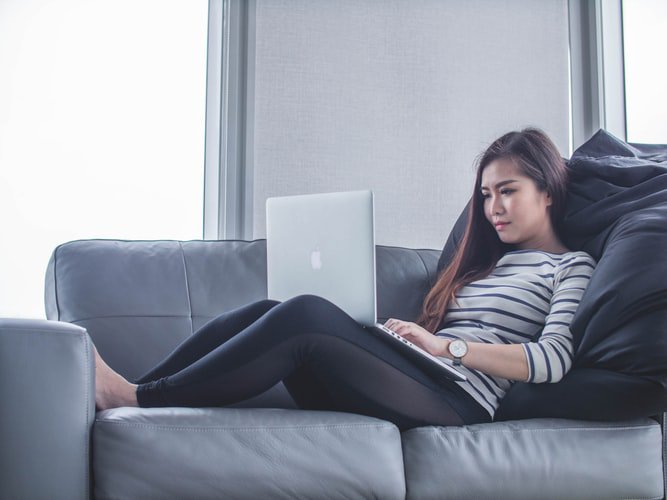
It’s been two months or so since we have started to work from home and our eyes have started to itch and we become increasingly tired by the end of the day. Way more than the usual. If your eyes feel like they’ve been hung out to dry by the time it’s 8 in the night, you’ve got screen fatigue.
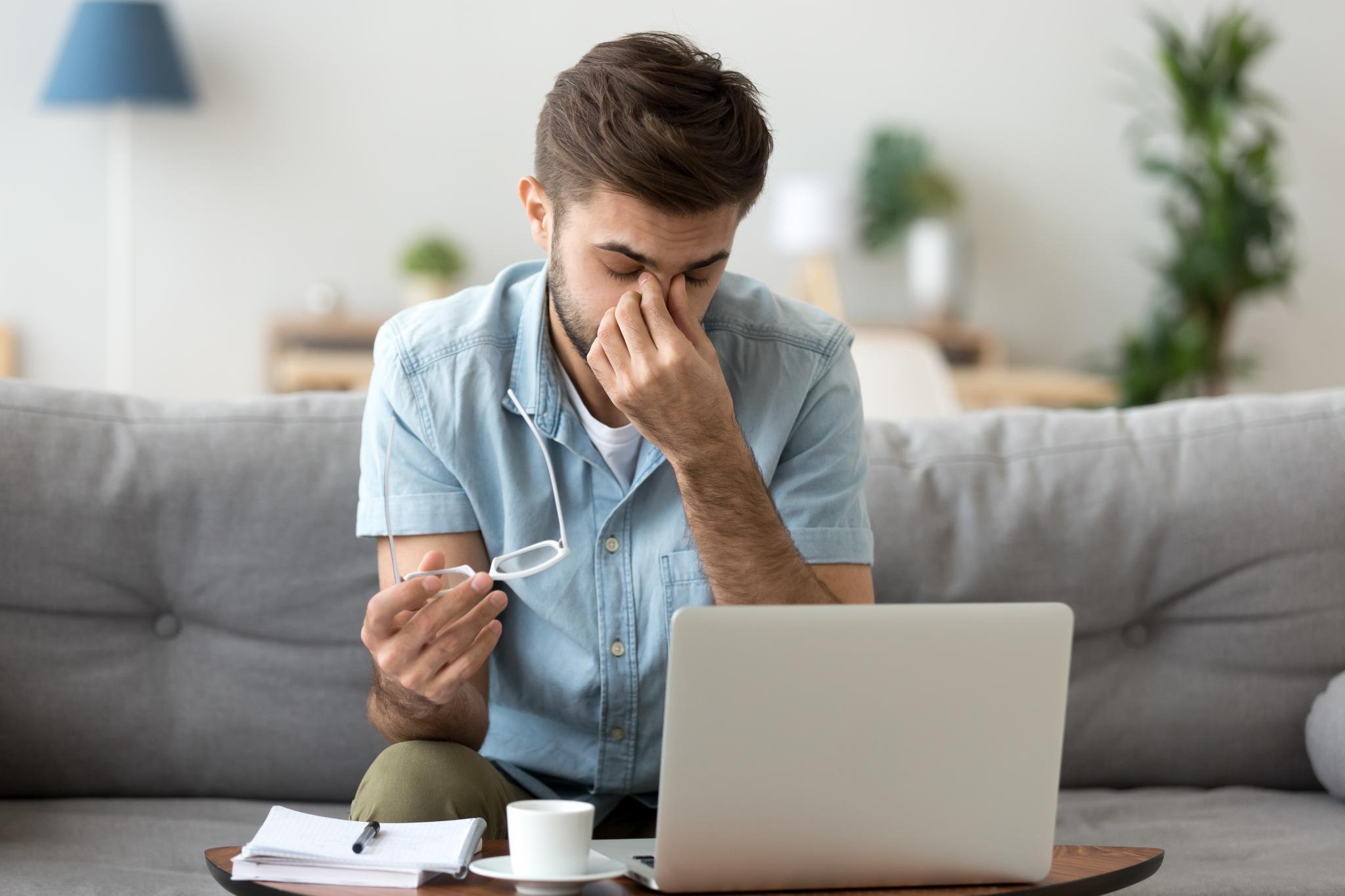
Screen fatigue, also known as digital eye strain, is similar to Computer Vision Syndrome (CVS) coined in the pre-Netflix era. Due to prolonged time in front of screens, be it at our desks, on our smartphones, tablets or any other form of technology, our bodies have ultimately taken a hit and have become fatigued.
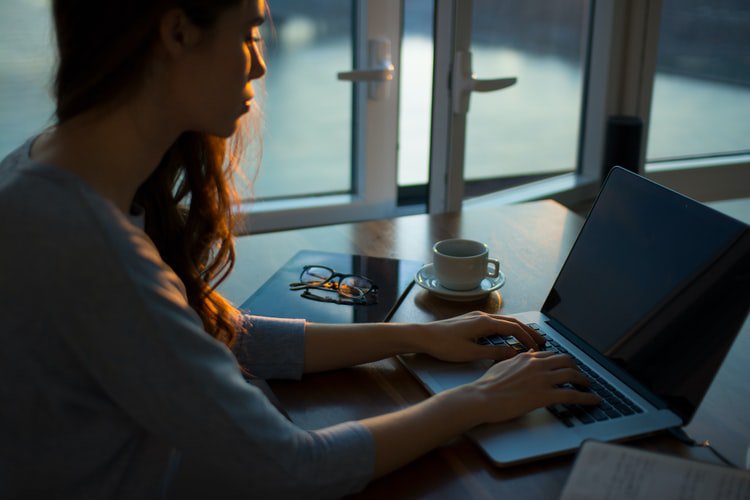
Chances are that you’re staring at a glowing screen right now, and have checked an email, Snapchat, DM or Instagram notification in the past 10 minutes on a separate device. This condition is believed to have larger impacts, both short term and long term and even has the potential to seriously affect your day-to-day life.
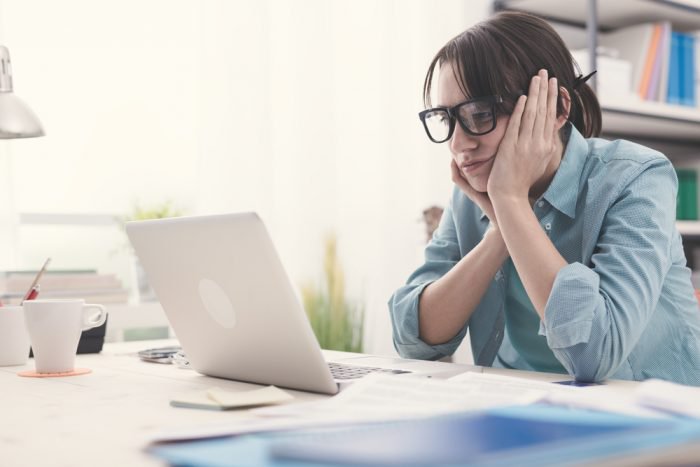
Screen fatigue can lead to impaired vision, strained eye muscles, inability to focus your vision, neck and shoulder discomfort, poor posture and painful headaches. Moreover, if left untreated, the symptoms are likely to get worse.
Not to mention the mounting research signalling that too much blue-light exposure found in our screens interferes with our body’s ability to set our circadian rhythm, i.e. our sleep patterns.
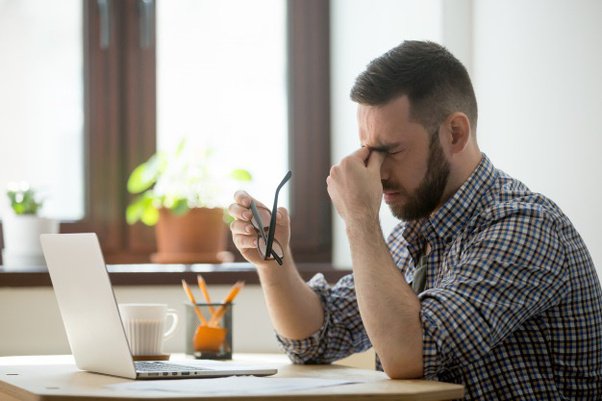
Here’s what the problem is, we are constantly looking at things that are closer to us than further in the distance – and it’s making our eyes work harder as a result. How can you stop this, or at the very least, diminish the negative effects?
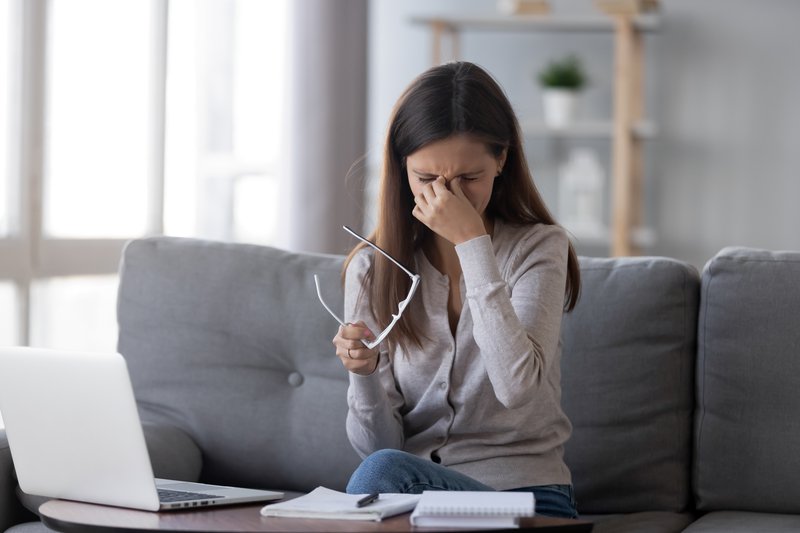
When working on any screen at home or in the office we should remember the 20/20/20 rule. This basically means that after 20 minutes of screen time, you should look outside the window at a distance of 20 feet for 20 seconds and repeat. This gives our eyes the opportunity to relax.
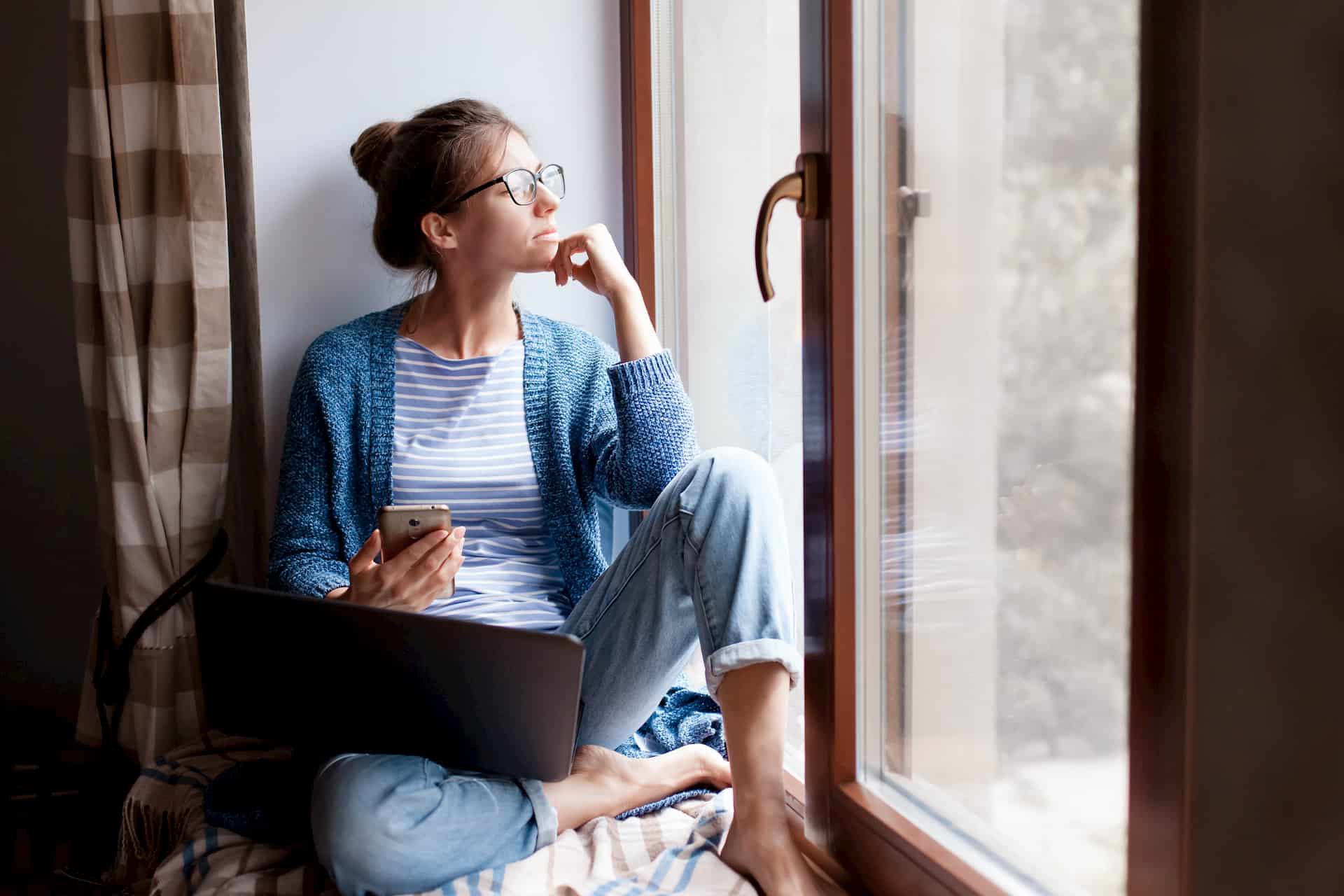
Another easier way could be to do eye yoga. Look to the left, hold the position and repeat looking right. Look up, hold the position, repeat looking down. Repeat four times, closing your eyes and relaxing in between. Try this as a break for your eyes throughout the day.
It’s advisable for contact lens wearers to switch to glasses when using computers for long periods of time as they are more likely to end up with dry eyes.
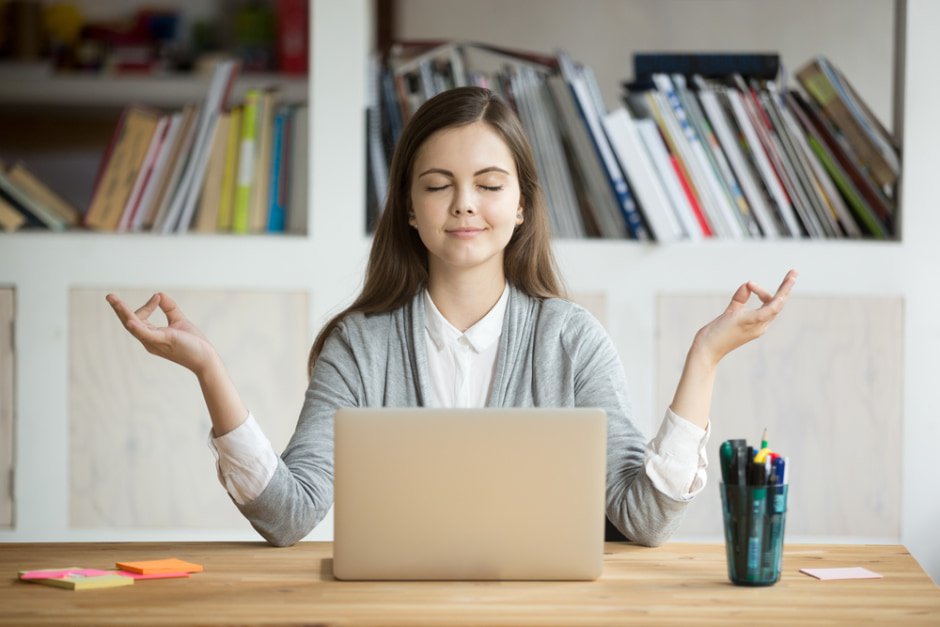
In some cases, eye strain can also be caused by excessive sunlight coming in through the window or by bright room lighting. If it’s possible, it is advisable to partially close curtains or blinds to reduce the brightness from outside, reduce the lighting in the room, or avoid sitting under big, overhead fluorescent lights.
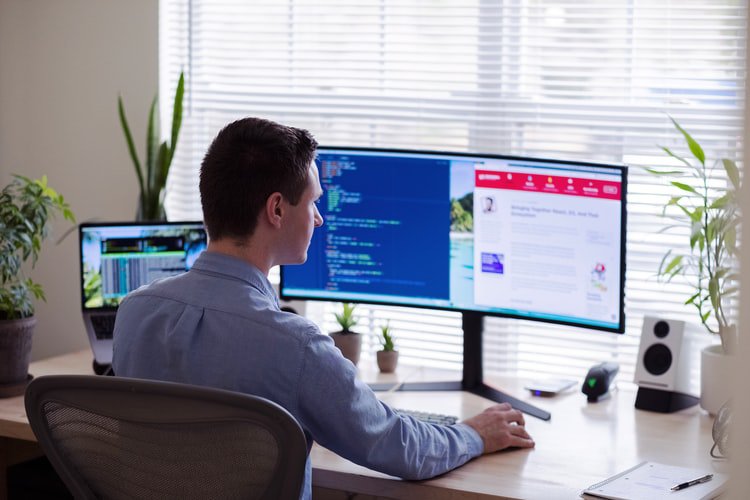
While we wait for the lockdown to end and continue to be stuck with our screens, we could actually avoid ourselves from being exposed to something like screen fatigue.

















